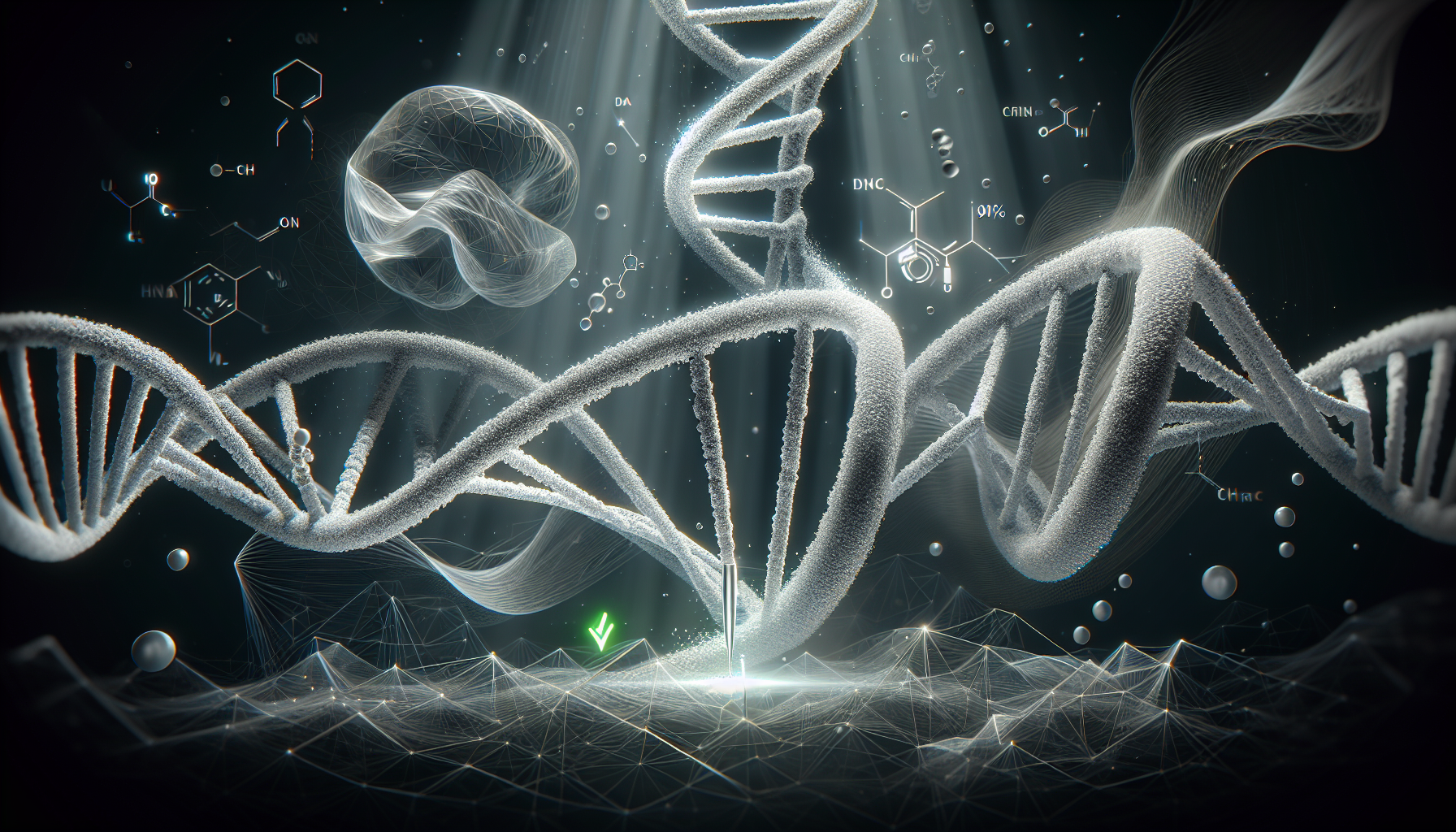CRISPR-Prime: A New Era in Precision Medicine
What if we could fix genetic diseases at their root-permanently? That's no longer just a dream. In a major scientific leap, researchers at the Broad Institute have unveiled a new CRISPR-based gene-editing system that achieved 95% accuracy in recent trials. This isn't just a technical milestone. It's a potential turning point for millions living with hereditary conditions like cystic fibrosis and sickle cell anemia.
Dubbed CRISPR-Prime, the platform uses a refined enzyme variant that dramatically reduces off-target edits-those unintended changes to DNA that have long haunted gene-editing efforts. In over 1,000 preclinical cell samples, the system corrected mutations with a 95% success rate. That's a significant jump from the previous industry standard of 80 to 85 percent. Even more impressive, off-target edits dropped to under 2%, a fourfold improvement over earlier CRISPR tools.
How It Works: The Science Behind the Precision
CRISPR-Prime builds on the original CRISPR-Cas9 system but introduces a more controlled editing mechanism. Instead of cutting both strands of DNA, it uses a modified enzyme to make a single-strand nick. This allows for more accurate repair and reduces the risk of unintended mutations. Think of it as switching from a chainsaw to a scalpel.
In the latest trials, researchers focused on two key genes: CFTR, which is linked to cystic fibrosis, and HBB, associated with sickle cell anemia. In the case of CFTR, 90% of treated cells showed restored function. Similar success was seen with HBB, where the corrected cells began producing normal hemoglobin. These results were independently verified by teams at Stanford University and published in a preliminary report on the Broad Institute's website on April 14, 2025.
Why This Matters: From Lab to Life
For patients, this breakthrough could mean more than just hope-it could mean a cure. Gene therapy has long promised to treat the root causes of genetic diseases, but safety concerns and inconsistent results have slowed progress. CRISPR-Prime's high accuracy and low error rate could change that.
Dr. Elena Martinez, the lead researcher, put it simply: "This level of precision brings us closer to safe, scalable gene therapies that could transform lives." The streamlined process also means lower costs. Industry analysts estimate that CRISPR-Prime could reduce gene therapy expenses by up to 30%, making treatments more accessible to patients worldwide.
The Caution: What We Still Don't Know
Not everyone is ready to celebrate. Dr. James Callahan, a geneticist at Oxford University, warns that long-term effects remain unknown. "We need years of follow-up to ensure these edits don't trigger unforeseen issues like cancer risk," he said. It's a valid concern. Gene editing, by its nature, tinkers with the blueprint of life. Even small errors can have big consequences.
However, early animal studies are encouraging. In trials involving mice and primates, no adverse effects were observed up to 18 months post-treatment. That's a promising sign, but human biology is more complex. The Broad Institute plans to begin human trials by mid-2026, pending regulatory approval from the FDA and EMA.
Industry Impact: Biotech Stocks Surge
The market has already responded. Shares of leading gene-editing firms jumped 8 to 12% in pre-market trading following the announcement. Investors see CRISPR-Prime as a potential game-changer, not just for medicine but for the entire biotech sector. If the technology proves safe in humans, it could open the door to treating a wide range of genetic disorders-from rare diseases to more common conditions like heart disease and diabetes.
Beyond medicine, the implications stretch into agriculture, bioengineering, and even climate science. Precision gene editing could help create crops resistant to drought or pests, or engineer microbes that clean up pollution. The possibilities are vast, but so are the ethical questions.
The Ethics: Power and Responsibility
As with any powerful technology, CRISPR-Prime raises ethical concerns. Who gets access to these treatments? Will they be affordable? Could they be misused for non-therapeutic enhancements? These are not hypothetical questions. The more precise and accessible gene editing becomes, the more urgent it is to have clear guidelines and global oversight.
For now, the focus remains on healing. But as the technology matures, society will need to grapple with its broader implications. The line between therapy and enhancement is thin, and the decisions we make today will shape the future of human biology.
CRISPR-Prime may not be the final word in gene editing, but it's a powerful new chapter. And like all great stories, it leaves us wondering what comes next.
